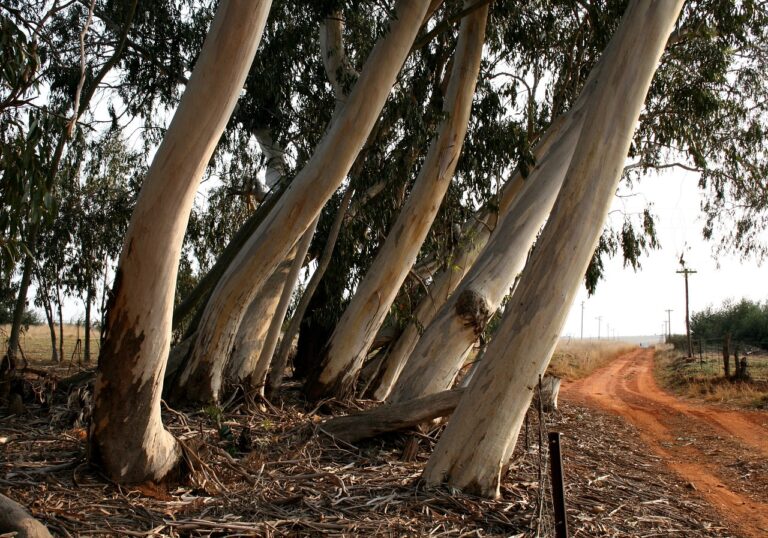Analyzing the Growth of E-commerce in the Automotive Aftermarket
In recent years, the automotive industry has witnessed a significant shift towards e-commerce. With the rise of online platforms and digital marketplaces, customers now have the convenience of browsing and purchasing automotive parts and accessories from the comfort of their own homes. This evolution has transformed the way consumers shop for vehicle components, leading to increased efficiency and accessibility in the aftermarket sector.
Moreover, advancements in technology have played a crucial role in shaping the evolution of automotive e-commerce. With the integration of AI-driven recommendation engines and personalized shopping experiences, online retailers are able to cater to the individual preferences and needs of customers more effectively. This personalized approach has not only enhanced customer satisfaction but has also contributed to the overall growth and competitiveness of the automotive e-commerce landscape.
Key Factors Driving E-commerce Growth in the Automotive Aftermarket
When examining the factors contributing to the growth of e-commerce in the automotive aftermarket, convenience stands out as a significant driver. Consumers are increasingly looking for hassle-free ways to purchase auto parts and accessories, and online platforms provide them with the convenience of browsing a wide range of products from the comfort of their homes. The ability to compare prices, read reviews, and make purchases anytime, anywhere has led to the rising popularity of e-commerce in the automotive industry.
Another key factor fueling the growth of e-commerce in the automotive aftermarket is the availability of a diverse range of products online. Traditional brick-and-mortar stores may have limited physical space, restricting their inventory. In contrast, e-commerce platforms can offer a vast selection of auto parts and accessories, catering to the diverse needs and preferences of consumers. This extensive product range, coupled with easy search and filter options, enhances the shopping experience for customers, driving them towards online purchasing channels.
• Consumers are increasingly looking for hassle-free ways to purchase auto parts and accessories
• Online platforms provide convenience of browsing products from home
• Ability to compare prices, read reviews, and make purchases anytime, anywhere
• Availability of diverse range of products online drives growth in e-commerce
• E-commerce platforms offer vast selection catering to diverse needs and preferences
• Extensive product range coupled with easy search and filter options enhances shopping experience
Challenges Faced by Traditional Brick-and-Mortar Stores
Traditional brick-and-mortar stores in the automotive industry are encountering various challenges in today’s digital age. One significant obstacle they face is the shift in consumer behavior towards online shopping. With the convenience of purchasing automotive parts and accessories online, customers are increasingly opting for the ease and accessibility offered by e-commerce platforms.
Moreover, brick-and-mortar stores struggle to compete with online retailers in terms of pricing. Online platforms often provide competitive prices and discounts due to lower overhead costs, making it challenging for traditional stores to match these prices while maintaining profitability. This pricing disparity puts brick-and-mortar stores at a disadvantage, especially when trying to attract price-conscious customers who are inclined to search for the best deals online.
What are some of the challenges faced by traditional brick-and-mortar stores in today’s retail landscape?
Some challenges include fierce competition from online retailers, changing consumer shopping habits, high operational costs, and the need to constantly innovate to stay relevant.
How has the automotive industry been impacted by the rise of e-commerce?
The automotive industry has seen a shift towards online sales as more consumers prefer the convenience of shopping for auto parts and accessories online. This has posed challenges for traditional brick-and-mortar stores.
What are some key factors driving e-commerce growth in the automotive aftermarket?
Factors driving e-commerce growth in the automotive aftermarket include the convenience of online shopping, access to a wider range of products, competitive pricing, and the ability to read reviews and compare products easily.
How can traditional brick-and-mortar stores adapt to the changing retail landscape?
Traditional stores can adapt by investing in their online presence, offering omnichannel shopping experiences, providing excellent customer service, and leveraging technology to enhance the shopping experience for customers.







